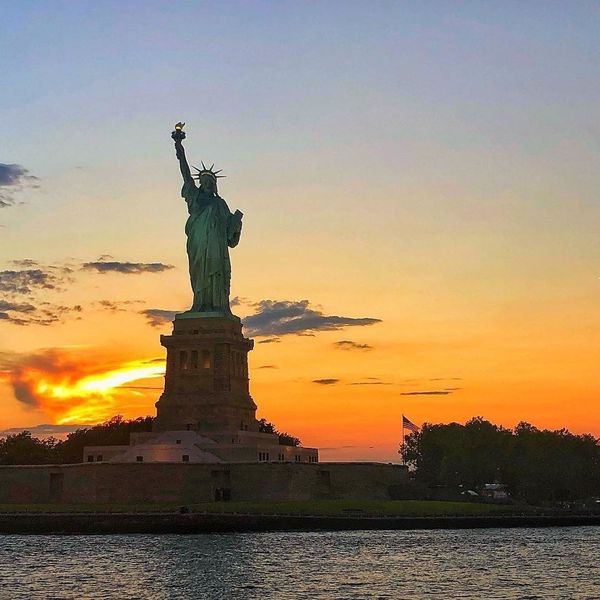There is growing unrest among many Native American groups concerning the recently imposed Dakota Access Pipeline, whose route is planned to cut through the Missouri River. This is a conflict that has been going on for about a year, but has recently begun to rear its ugly head in the face of the public eye. The story is devastating, and if you haven’t yet heard of it, then you need to evaluate where you’re getting your news sources from.
To begin, this has been a conflict in many areas for many years. We have the Trans-Alaska Pipeline System, whose protest was mounted in the 1970s. This protest met defeat amid the rapidly rising oil prices and increasing demand. Still, many were assured that the state’s natural beauty would not be tarnished by the presence of this winding metal snake tearing through the landscape. Unfortunately, their fears met validation in the form of oil leaks and destruction of the local scenery.
This ties very well into the current movement against the Dakota Access Pipeline, which plans to cut through a water source (the Missouri River) to connect with a second pipeline to bring more oil to the Midwest. One of the largest fears local Native Americans are facing is possible contamination of their local, and sole, water supply. These fears are certainly not without warrant, as there has already been a precedent for these types of complications.
On top of the issue with the water supply, there is a sacred burial ground near the designated path for the Dakota Access Pipeline. This $3.78 billion dollar building plan seeks to continue through the area, disrupting now not only the water supply but a sacred area where people have been buried. Have any efforts been made by the company to accommodate for these issues?
No. Minimal effort, in the form of a public statement, has been done to reassure the locals in the area. After all, why worry when the faceless company tells you not to?
Actresses Rosario Dawson and Shailene Woodley protesting the pipeline
We have jurisdiction set in place that’s supposed to safeguard people’s homes and health, don’t we? That seems not to be the case here. Last weekend, on Saturday, September 3rd, 2016, Energy Transfer continued with their plans to dig up the soil and desecrate the land. Protesters congregated by the thousands and were met by hired police officers and attack dogs.
Trends suggest that every time protesters get together to fight for their rights as human beings, they are treated like animals by those who’re given power; they’re savagely thrown aside, pepper sprayed, or attacked with brute force.
Judge James Boasberg was a major decider over whether or not to allow the company to continue with its construction plan, and he chose to remain silent through the weekend as the savage mistreatment of Natives occurred. Speculation was made as to whether he really planned on denying the company access to the local land, and this was confirmed when he later released a statement disregarding their pleas for clean water and undisrupted burial grounds, and allowing the multi-billion dollar company to go ahead.
This trend seems to persist in the United States, with people in places like Flint, Michigan facing contaminated water in the uncaring face of local government. Fortunately, the federal government has recently halted construction, though it is undetermined whether or not they will allow it to continue at a later date.
What this has taught me is that local government will turn a blind eye if large sums of money are concerned. They will not offer a helping hand towards cleaner water sources if it makes the water bill a little more expensive. Most of all, this has taught me that people are not treated as such unless they are complacent, silent, and inactive.Water is not the priority, It is green oil.






















